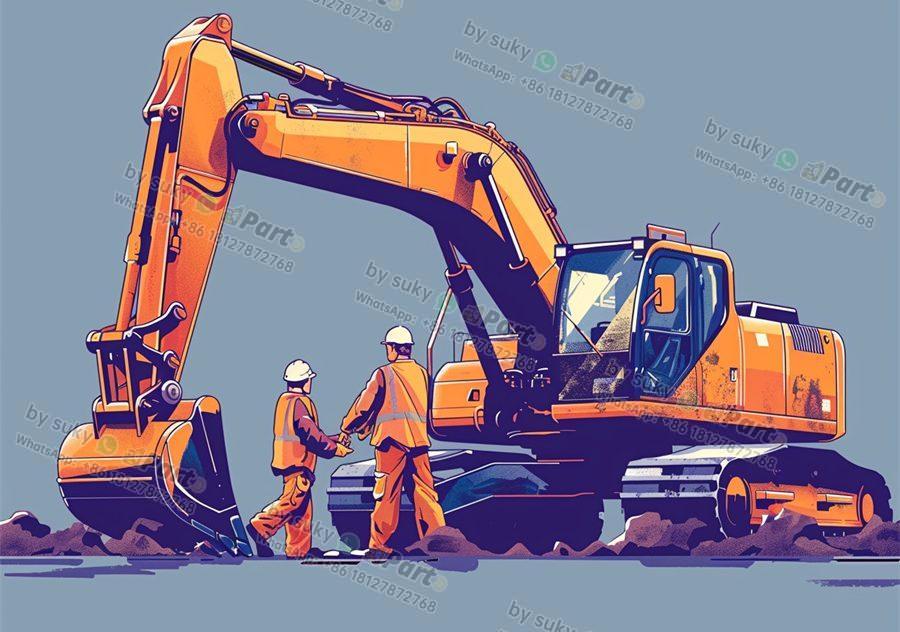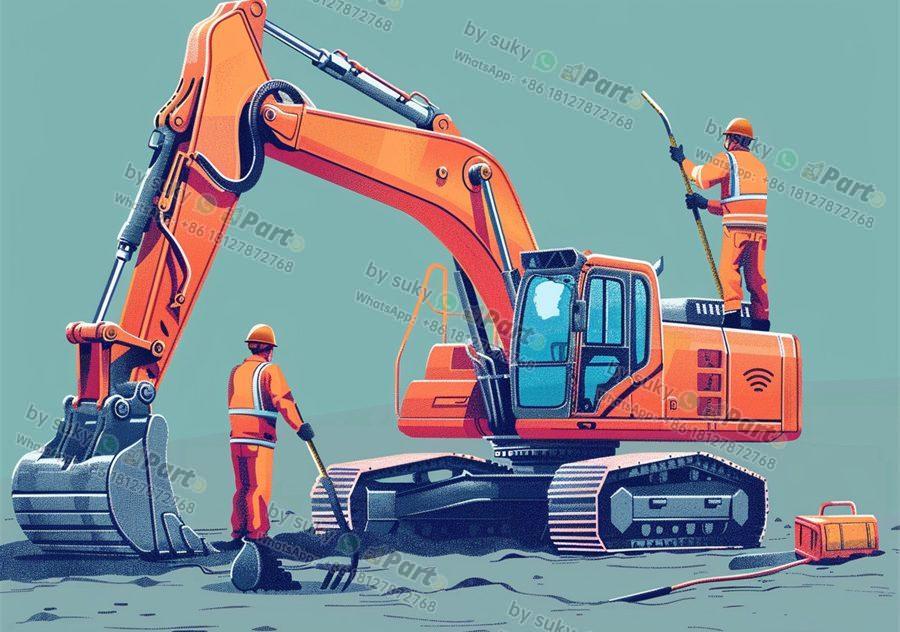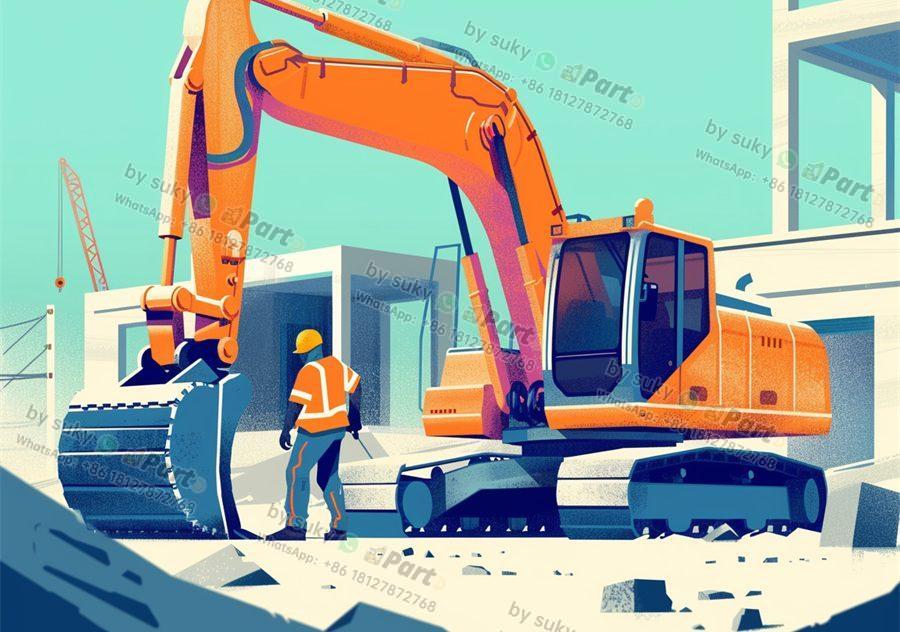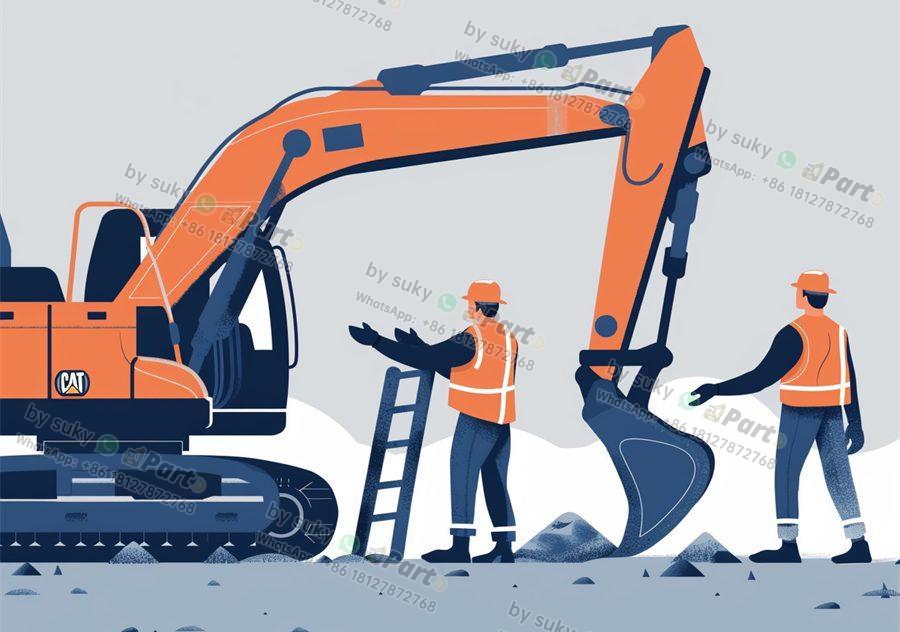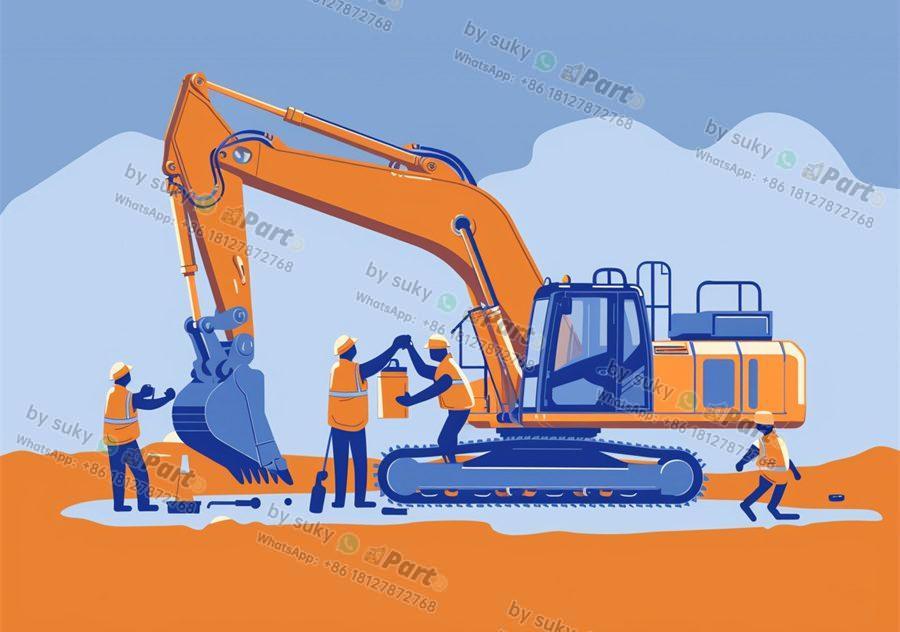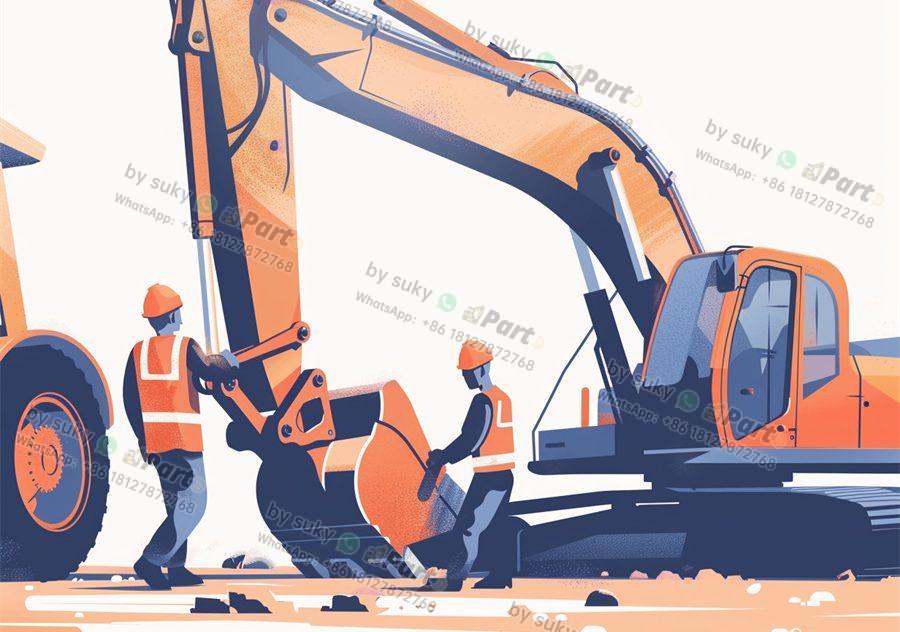Oil pressure gauges are essential components in monitoring the health and performance of engines in heavy machinery such as engineering vehicles. These gauges provide crucial information about the oil pressure within the engine, allowing operators to detect potential issues before they escalate. In this article, we will explore how oil pressure gauges work and why they are vital for the smooth operation of engineering vehicles.
### How do oil pressure gauges work?
Oil pressure gauges operate based on the principle of hydraulic pressure. Inside the engine, oil is pumped through various passages to lubricate moving parts and reduce friction. As the oil moves through the system, it creates pressure. The oil pressure gauge is connected to the engine’s oil system and measures this pressure. The gauge consists of a sensor that detects the pressure and translates it into a reading on the gauge’s display.
### Importance of oil pressure gauges for engineering vehicles
Oil pressure gauges play a crucial role in maintaining the health of an engine in an engineering vehicle. By monitoring the oil pressure, operators can ensure that the engine is properly lubricated and running smoothly. Low oil pressure can indicate a leak, blockage, or other issue that may lead to engine damage if not addressed promptly. On the other hand, high oil pressure can signal a clog or malfunction in the system. By regularly checking the oil pressure gauge, operators can prevent costly repairs and downtime.
### Benefits of using quality oil pressure gauges
Investing in high-quality oil pressure gauges is essential for ensuring the accuracy and reliability of the readings. Quality gauges are built to withstand the harsh conditions of engineering vehicles and provide consistent performance over time. By using reliable oil pressure gauges, operators can trust the readings they receive and make informed decisions about the maintenance and operation of their vehicles. Additionally, quality gauges are less likely to fail or give false readings, reducing the risk of engine damage.
In conclusion, oil pressure gauges are indispensable tools for monitoring the health and performance of engines in engineering vehicles. By understanding how these gauges work and why they are important, importers and distributors of engineering vehicle parts can better serve their customers and promote the longevity of their vehicles. Investing in quality oil pressure gauges is crucial for ensuring accurate readings and preventing costly repairs. By prioritizing the use of reliable gauges, operators can safeguard their vehicles and optimize their performance.


